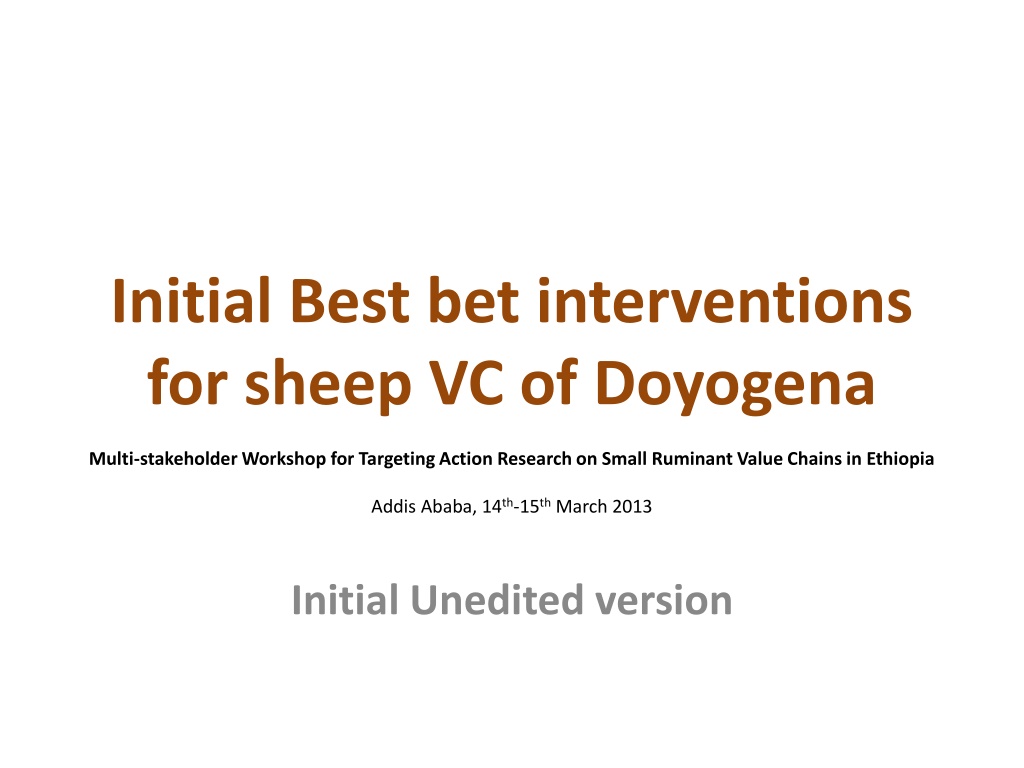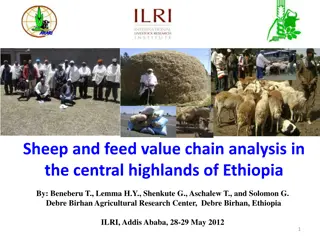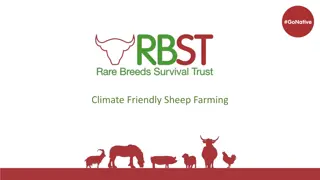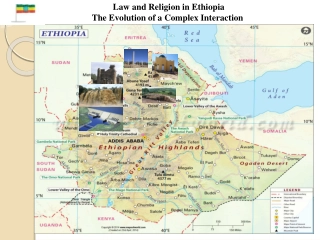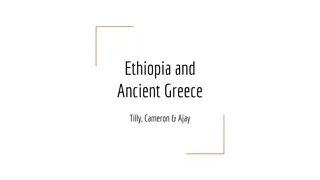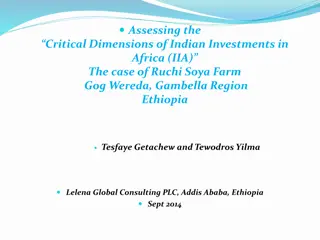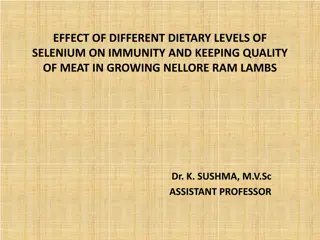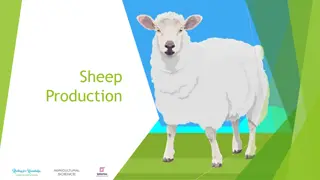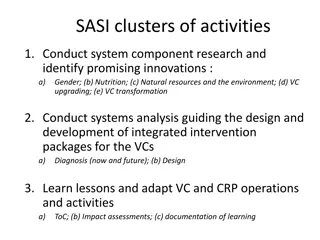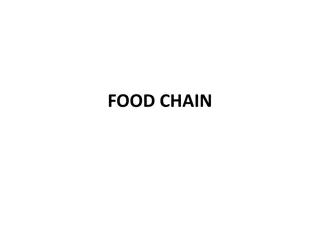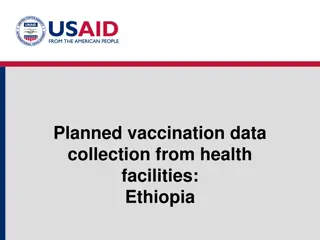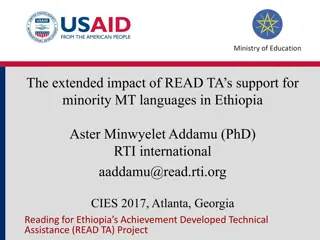Best Interventions for Sheep Value Chains in Ethiopia
The initial unedited version of interventions discussed at the Doyogena Multi-stakeholder Workshop in Ethiopia focuses on improving feed supply, providing training on sheep husbandry practices, and enhancing other input supply for small ruminant value chains. These interventions aim to increase the availability and quality of animal feed, train extension staff and farmers, and establish well-equipped animal health posts and vet clinics.
Download Presentation

Please find below an Image/Link to download the presentation.
The content on the website is provided AS IS for your information and personal use only. It may not be sold, licensed, or shared on other websites without obtaining consent from the author. Download presentation by click this link. If you encounter any issues during the download, it is possible that the publisher has removed the file from their server.
E N D
Presentation Transcript
Initial Best bet interventions for sheep VC of Doyogena Multi-stakeholder Workshop for Targeting Action Research on Small Ruminant Value Chains in Ethiopia Addis Ababa, 14th-15thMarch 2013 Initial Unedited version
Best bet interventions 1) Improvement of feed supply Needs: Introduction of feed and feeding technologies, integration of forage development with SWC activities and introduce intercropping of forage legumes with food crops Opportunity: existence of forage technology resource, experience on forage development activity, trained staff in research system and office of agriculture Gaps: land shortage in the area, absence of budget Feasibility: since there are some success stories in forage development this intervention will be feasible Researchable issues: intercropping of forage legumes with food crops Time horizon: short term Expected output: the availability of animal feed in quality and quantity will be increased, improved feed and feeding technologies will be adopted by the majority of sheep producer farmers
Best bet . 2) Provision of training on various issues Need: training is needed on sheep husbandry practice and other related issues (feed, health, housing, marketing linkages, ) Opportunity: there is resource person in the research and ICARDA/ILRI, interest of trainers, Gaps: no previous training on focused training on VCA for major actors and experts, livestock extension system is poor Feasibility: Researchable issues: study on future TNA Time horizon: short term and medium term Expected output: well-trained extension staff on sheep production and marketing, well skilled sheep producing farmers.
Best bet . 3) Improvement of other input supply Needs: additional support on revolving fund, logistics for animal health post, open air vet clinic, and credit supply (for farmers, traders...) Opportunity: already established health post, veterinary technicians even though insufficient , experience on use of revolving fund, supply of drugs and vaccine by government, existence of micro-finance institutions (omo), some established saving and credit association Gaps: insufficient revolving fund, poor office facilities, poor supply of drugs and vaccine, shortage working capital Feasibility: the above interventions are feasible as there is an already established system. The intervention will be improved and strengthened Researchable issues: lessons will be learned from the interventions made (action research) Time horizon: both short and medium term Expected output:well-equipped animal health post and open air vet clinic, increased accessibility of veterinary service by the community, best lessons from the intervention will be captured, improved credit service, and increased veterinary service coverage
Best bet . 4) Improve and deliver genetics Needs: improved sheep breeds, introduced improved breed Opportunity : large sheep population, well performing sheep breed Gaps: Inbreeding problems Feasibility: feasible b/c there are few experience Researchable issues: community based sheep improvement Time horizon: short term and medium term Expected output: productive sheep population
Best bet . 5) Forming farmers cooperatives (associations) Needs: empowered and specialized sheep producing and marketing farmers (groups), Opportunity: experience in establishing cooperatives, there is responsible body for establishing cooperatives/association, farmers interest to be organized into groups, high sheep population Gaps: limited number of cooperatives in livestock in general and sheep in particular Feasibility: since there is experience on cooperative formation and presence of responsible body to establish new cooperatives this intervention will be feasible Researchable issues: lessons will be learned from the interventions made Time horizon: short term Expected output: strong sheep producing and marketing cooperatives, increased number of sheep producing and marketing cooperative and strengthening
Best bet . 6) Improving market linkages among marketing participants Needs: improving consistency in demand and supply of sheep, developing competitive sheep marketing system (for fair income distribution by market participants) Opportunity: increased demand for sheep, increased farmers interest to rear sheep, presence of sheep markets, presence of asphalt road to end mar Gaps: poor linkages among market actors, extended market chain Feasibility: since there are resource persons working in the research system, office of agriculture Researchable issues: finding new markets Time horizon: Short and medium term Expected output: efficient market linkage
